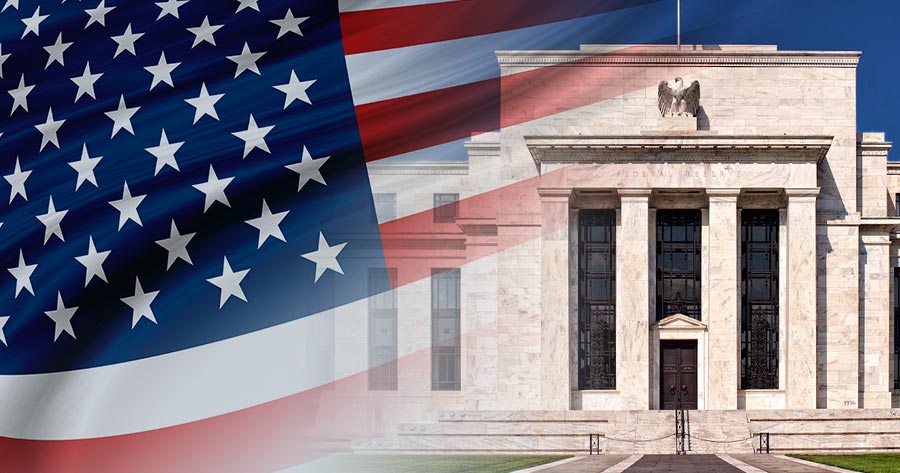Federal Reserve officials face mounting challenges in charting the course for monetary policy, as evolving U.S. trade and immigration strategies fuel economic uncertainty.
The Trump administration’s ongoing tariff discussions with various global partners have left policymakers divided over whether it will be possible to confidently adjust interest rates before September.
Minneapolis Fed President Neel Kashkari, speaking in Tokyo, pointed to the unpredictability arising from these shifting policies. He noted that if the U.S. can secure trade agreements with key countries in the coming months, it may provide the clarity the central bank needs to act.
The start of 2025 saw the U.S. economy showing resilience. However, recent tariffs and sweeping changes to immigration law under President Donald Trump have caused businesses to reconsider their investment strategies.
Broad-based duties are expected to put upward pressure on inflation in the world’s largest economy while potentially slowing overall growth through reduced corporate spending and dampened consumer activity.
Adding to the volatile environment, President Trump last week threatened a 50% tariff on goods from the European Union before halting them until July 9. He also floated the idea of a 25% levy on Apple and Samsung devices not made in the U.S.
Regarding another development, the Supreme Court recently ruled that the Federal Reserve is shielded from presidential attempts to dismiss its top officials, distinguishing the central bank from other independent agencies.
This move protects Fed Chair Jerome Powell from being directly fired, though questions remain about whether President Trump could still demote him.
Recent statements from the U.S. President has added confusion, with Trump both calling for Powell’s dismissal on social media and later seemingly stepping back from that stance.
For now, the biggest threat to the U.S. recovery may be lingering ambiguity, especially around major policy initiatives such as trade and immigration. Fed officials are hoping for swift resolutions in upcoming negotiations to provide the clarity needed for future monetary actions.




